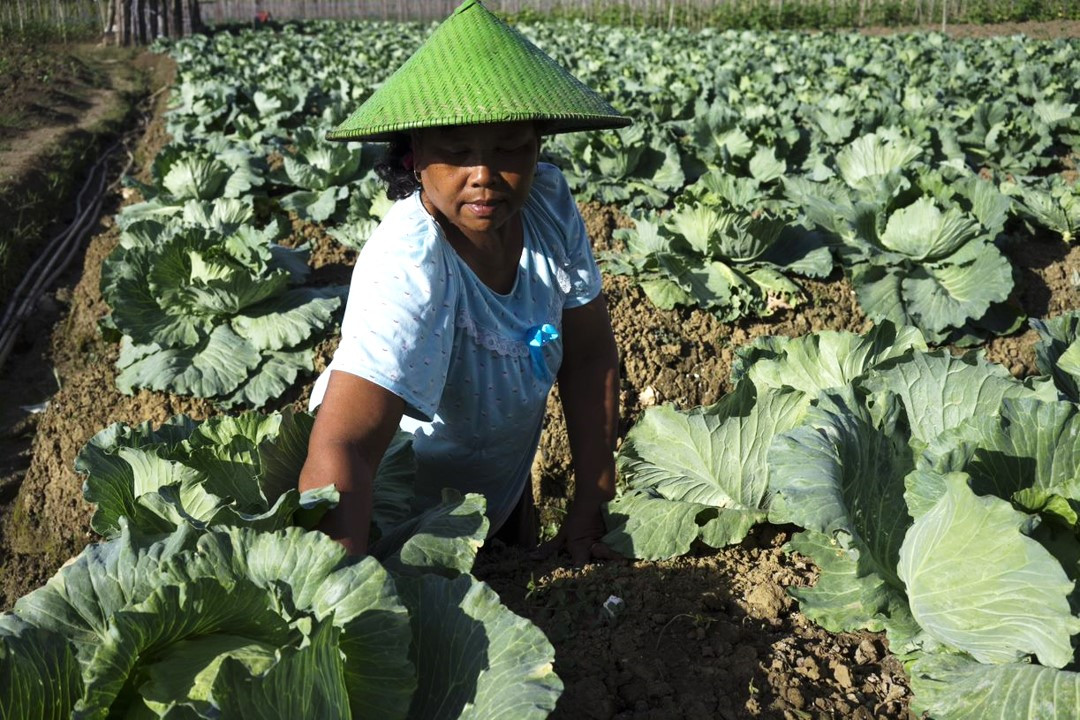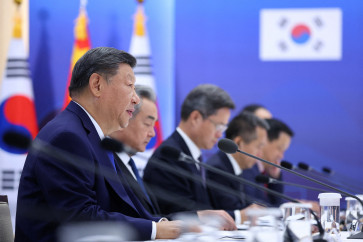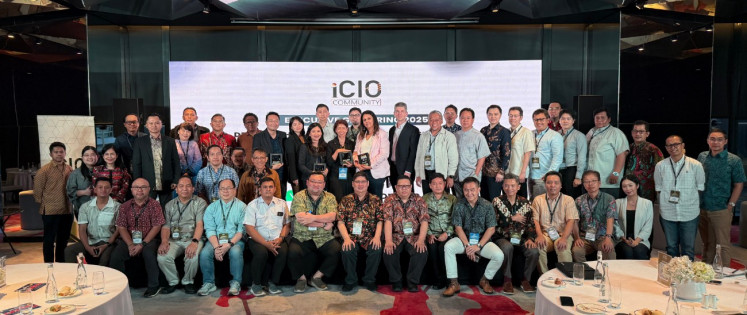Popular Reads
Top Results
Can't find what you're looking for?
View all search resultsPopular Reads
Top Results
Can't find what you're looking for?
View all search resultsFill the Nutrient Gap analysis: New evidence to combat all forms of malnutrition
As Indonesia moves forward in its commitment to end all forms of malnutrition, new analysis reveals that nutritious food remains out of reach for many.
Change text size
Gift Premium Articles
to Anyone
A
s Indonesia moves forward in its commitment to end all forms of malnutrition, new analysis reveals that nutritious food remains out of reach for many. However, the analysis provides a framework for future actions to ensure that diversified nutritious diets are accessible to all Indonesians.
Despite progress in the fight against stunting, Indonesia is facing a triple burden of malnutrition: undernutrition, micronutrient deficiencies and overweight obesity. Low-quality diets remain the common factor underlying all forms of malnutrition.
The results of the recently released Fill the Nutrient Gap (FNG) analysis indicate that at least one-in-eight Indonesians cannot afford a diet that meets their nutrient needs. In provinces such as East Nusa Tenggara (NTT), West Papua, Maluku and North Maluku, this diet is out of reach for more than a third and up to half of the population. This situation is driven not only by a lack of income among a significant portion of households, but also the high price of food in these locations. The study found that a diverse diet, which includes vegetables, fruits and foods that contain proteins that meets a family’s macro and micronutrient requirements was nearly three times more expensive than a staple-based diet that meets only energy requirements.
The FNG was carried out by the World Food Program (WFP) in close collaboration with Indonesia’s National Development Planning Agency (Bappenas) and the Health Ministry. The results were launched at a virtual national event on Nov. 23, which was presented and attended by government representatives, academics, development partners, donors and national nutrition associations.
The deputy maritime and natural resources minister, deputy demography and manpower minister and representatives of the deputy coordinating human development and culture minister and community and culture at Bappenas greatly welcomed the FNG results as the evidence base for nutrition and food programming in Indonesia.
“The FNG analysis will be utilized as the main reference for Bappenas to achieve consensus, synergy and collective efforts on policy and intervention prioritization in improving food and nutrition in Indonesia” said Ir R Anang Noegroho, director of food and agriculture at Bappenas.
Through the FNG analysis, conducted from September 2020 to November 2021, national stakeholders identified priority actions to support the achievement of the national development objectives for food, health and nutrition.
“Bringing nutritious diets within reach of all households requires actions across multiple systems including health, food systems and agriculture and social protection. This launch will hopefully help leverage opportunities and expand strategic collaborations amongst stakeholders to improve availability, accessibility and affordability of nutritious diets.” said Christa Raeder, WFP representative in Indonesia.
Highlights of the FNG analysis are as follows:
- As Indonesia moves forward in its commitment to end all forms of malnutrition, new analysis reveals that nutritious food remains out of reach for many. However, the analysis provides a framework for future actions to ensure that diversified nutritious diets are accessible to all Indonesians.
- Despite progress in the fight against stunting, Indonesia is facing a triple burden of malnutrition: undernutrition, micronutrient deficiencies and overweight obesity. Low-quality diets remain the common factor underlying all forms of malnutrition.
- The results of the recently released Fill the Nutrient Gap (FNG) analysis indicate that at least one-in-eight Indonesians cannot afford a diet that meets their nutrient needs. In provinces such as East Nusa Tenggara (NTT), West Papua, Maluku and North Maluku, this diet is out of reach for more than a third and up to half of the population. This situation is driven not only by a lack of income among a significant portion of households, but also the high price of food in these locations. The study found that a diverse diet, which includes vegetables, fruits and foods that contain proteins that meets a family’s macro and micronutrient requirements was nearly three times more expensive than a staple-based diet that meets only energy requirements.
- The FNG was carried out by the World Food Program (WFP) in close collaboration with Indonesia’s National Development Planning Agency (Bappenas) and the Health Ministry. The results were launched at a virtual national event on Nov. 23, which was presented and attended by government representatives, academics, development partners, donors and national nutrition associations.
- The deputy maritime and natural resources minister, deputy demography and manpower minister and representatives of the deputy coordinating human development and culture minister and community and culture at Bappenas greatly welcomed the FNG results as the evidence base for nutrition and food programming in Indonesia.
- “The FNG analysis will be utilized as the main reference for Bappenas to achieve consensus, synergy and collective efforts on policy and intervention prioritization in improving food and nutrition in Indonesia” said Ir R Anang Noegroho, director of food and agriculture at Bappenas.
- Through the FNG analysis, conducted from September 2020 to November 2021, national stakeholders identified priority actions to support the achievement of the national development objectives for food, health and nutrition.
- “Bringing nutritious diets within reach of all households requires actions across multiple systems including health, food systems and agriculture and social protection. This launch will hopefully help leverage opportunities and expand strategic collaborations amongst stakeholders to improve availability, accessibility and affordability of nutritious diets.” said Christa Raeder, WFP representative in Indonesia.
- Highlights of the FNG analysis are as follows:










